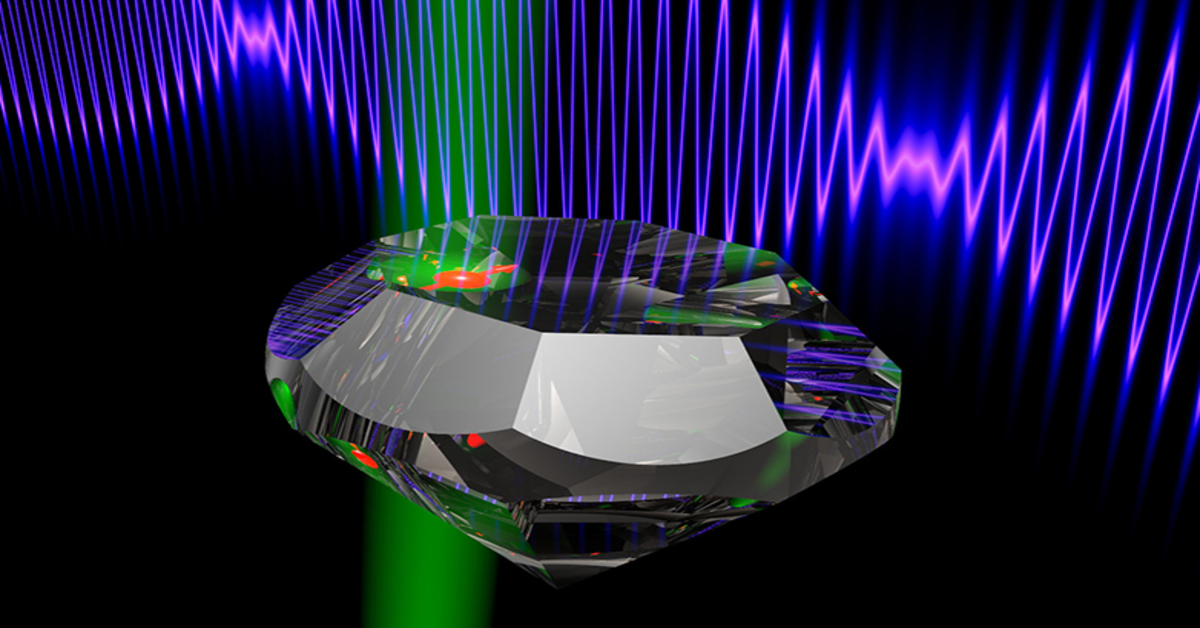As we step into the third year of the COVID-19 pandemic, by now most of us tend to be familiar with the range of tests available for the virus.
From rapid home-based lateral flow test kits to the highly accurate polymerase chain reaction (PCR) tests, a diagnosis for COVID-19 can be done in a matter of minutes to hours.
Some testing methods even involve a wet nose!
In a new development, quantum sensing technologies are being enlisted to sniff out the presence of the coronavirus. This may lead to tests that are quicker, much less costly, and potentially less prone to inaccurate results compared to existing detection methods.
Rapid and accurate.
Existing detection techniques for the SARS-CoV-2 virus include rapid tests that search for specific viral proteins, as well as gold-standard PCR tests that can take up to several hours to process. In addition, the virus is not quantifiable at a high accuracy using these methods.
Based on quantum effects, analysis of the new approach by a team of researchers from the Massachusetts Institute of Technology and the University of Waterloo showed that it is highly accurate — false-negative rates could be below 1%. Published in the journal Nano Letters, it’s also shown that the novel method is sensitive enough to detect just a few hundred strands of the viral RNA within just a second.
Diamonds with a twist.
This new method takes advantage of the atomic-scale defects – nitrogen-vacancy centres that are widely explored for photoluminescence – in very small pieces of nanodiamonds. Due to the quantum effects occurring in the diamond’s crystal lattice, these nitrogen-vacancy centres are extremely sensitive to minute perturbations, allowing them to be applied in a multitude of sensing devices that require high sensitivity such as microscopes, medical imaging instruments and even telescopes.
Creating the highly accurate sensing device requires coating the tiny specs of diamond with a Galidonium-based material that is magnetically attracted to them. Furthermore, the material also has to be treated beforehand so that contains RNA-tuned organic molecules that bond only with the specific RNA sequence of the coronavirus. In the presence of the virus, the material would detach from the diamond specs and bond to the virus RNA instead, which disrupts the magnetic connection and induces changes in the diamond’s fluorescence that are easily detected with a laser-based optical sensor.
According to the researchers, although diamonds are involved, the quantum sensor is cost-effective as they are used in quantities smaller than specks of dust (only a few nanometres in size). It can also be scaled up to analyse a huge batch of samples at once. On the other hand, the coating can be made from chemical processes and materials that are neither exotic nor exorbitant, while the lasers used to read out the results are commercial green laser pointers that are widely available.
Highlighting the power of interdisciplinary research.
However, this current work is based on detailed mathematical simulations that modelled how the system could work in principle – further work is required to translate the model into a proof-of-principle laboratory test to confirm the predictions. Moving forwards, the researchers also plan to perform a range of system optimisations to ensure that the quantum sensing technique works on real-world diagnosis applications.
One of the highlights of this research is that it involves expertise from many scientific disciplines. To design and manufacture the detectors would require knowledge of quantum physics and engineering. Meanwhile, developing the material that binds with the coronavirus RNA as well as the diamond surfaces necessitates a deep understanding of chemistry and biology. This puts the spotlight on the significance of interdisciplinary research as humankind innovates future technological breakthroughs, where collaboration is key.




































